By Jessica Lees, Third Year, Politics and Sociology
The role of women in the industry has certainly changed over time. Women have come a long way from the 1950s generally. This is identified from the glamour of The Golden Age to the strong feminist leads of the 2010s and to the variation we see today for both actresses and directors.
The Golden Age
When you think of actresses in The Golden Age, Marilyn Monroe, Audrey Hepburn, Grace Kelly, Elizabeth Taylor, Bette Davis, and Vivien Leigh are typically some of the names that come to mind. What coincides with these big names is the glitz and glamour of the era: the beginning of the paparazzi and the age of icons.
Women like Marilyn Monroe and Elizabeth Taylor have been characterised as sex symbols who have been adored for their beauty for decades. But that’s precisely it; women in The Golden Age were in movies in which their role was often aesthetic-based, a stunning aside to the focus, which would be the strong male lead.
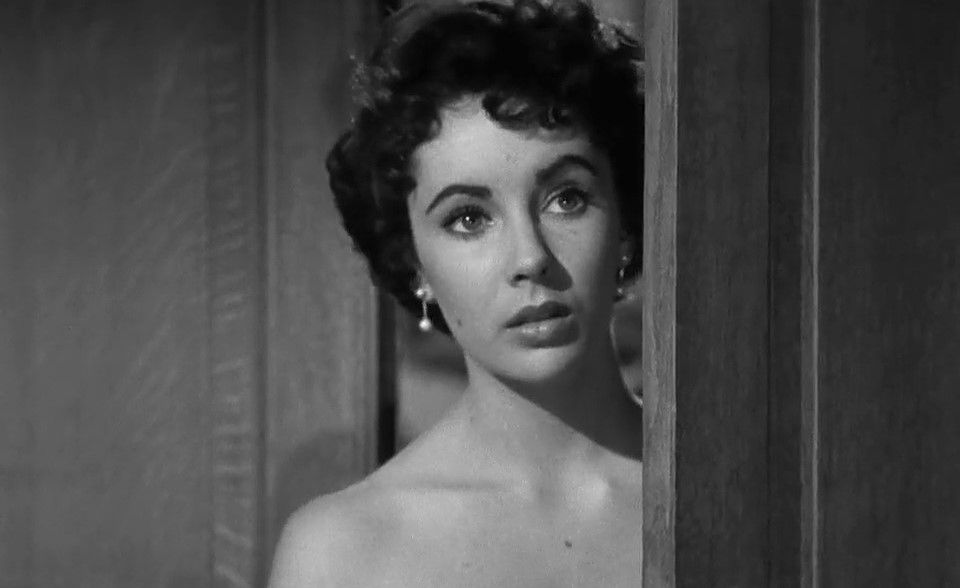
However, there were still many iconic movies that were made which had women in lead roles, such as Gentlemen Prefer Blondes (1953), All About Eve (1950), Cleopatra (1963) and Breakfast at Tiffany’s (1961).
With such roles as these, actresses began to break out of the mould of supporting roles and were able to show a real affinity for acting. Vivien Leigh’s portrayal of Blanche Dubois in A Streetcar Named Desire (1951) is arguably on par with that of Marlon Brando’s, where she plays an incredibly tragically flawed character in an unforgettable performance.
Similarly, Audrey Hepburn plays Holly Golightly as a quirky, self-sufficient, and quite frequently erratic young woman. Performances that are certainly a step away from a quietened supporting role. These women were icons and remain icons; actresses today still point to such actresses as inspirational and leading a pathway for the multi-representation we see of women today.
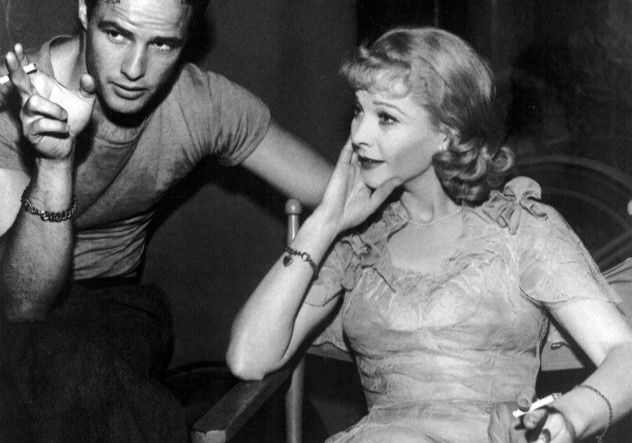
Women have always been far more prevalent in front of a camera than behind. In The Golden Age, female directors were few and far between.
The first female filmmaker was Alice Guy-Bláche, a French director whose work was created just before the start of The Golden Age and was influential in cinema, making over 1,000 films, yet remains mostly unknown.
All these women and their characters have influenced the work produced today with their contributions to cinema.
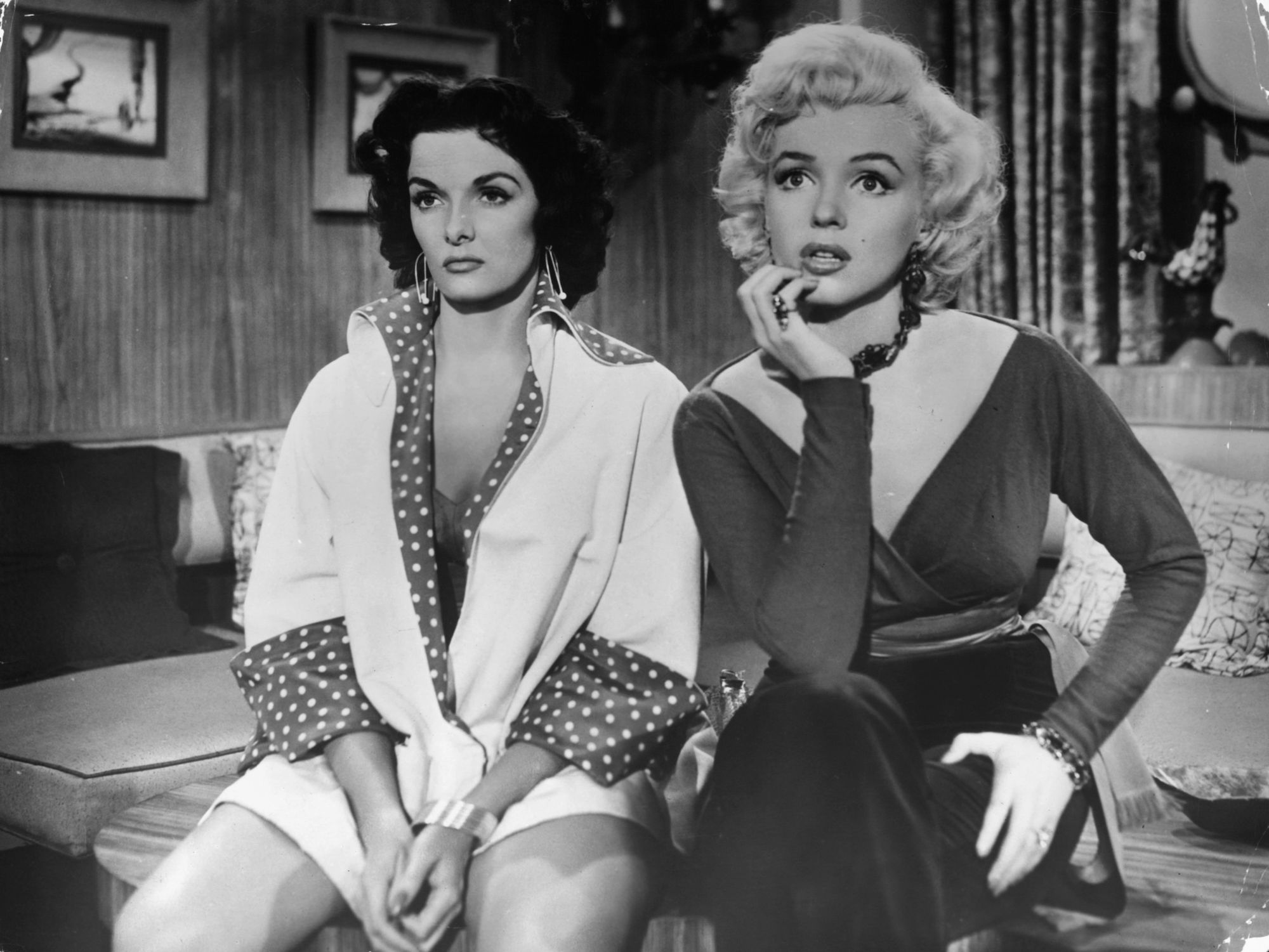
The 1990’s and 2010’s
From The Golden Age to the feminist era of the '90s and 2010s, there has been a swap from glitz to gritty; with characters like Sarah Conner, played by Linda Hamilton from Terminator 2: Judgement Day (1991), Lisa Rowe, played by Angelina Jolie in Girl Interrupted (1999) and the all-time feminist movie that is Thelma and Louise (1991) with lead characters played by Geena Davis and Susan Sarandon.
The '90s was an explosion of feminism which gave more access to actresses to explore storylines and characters that had grit to them or who were written to be open to a deeper exploration into the character. Such characters were distinct, flawed, and real.
For example, Monster (2003), a movie based on serial killer Aileen Wuornos gave Charlize Theron the opportunity to hide her beauty and immerse herself in a character that really took acting expertise and subsequently took her to a new level of acting, ultimately leading to her winning an Academy Award.
There was a far wider range of women seen on screen, women who were not stereotypically beautiful and older, so women's role in the industry had become truly reimagined.

The 2010s was a time of dystopia and the supernatural. One of the stand-out roles for feminist, action, and dystopia was Jennifer Laurence as Katniss Everdeen in The Hunger Games (2012-2015) franchise. This character faces unimaginable strife and hardship and, as a result, is strong, tough, and often hard-faced with her admirable bravery and archery skills.
Another similar role was in the Divergent (2014-2016) franchise, with the character of Tris Prior, played by Shailene Woodley, who was both strong-willed and physically tough again.
These characters gave the message to girls and women that you can be both physically and mentally strong, face adversity, and yet still be a compassionate and kind person.
The Harry Potter (2001-2012) movies also had a stronghold worldwide and saw the introduction of the character Hermione Granger played by Emma Watson, a girl who is praised for her cleverness and academics but is also a fighter and a loyal friend who advocates for justice.
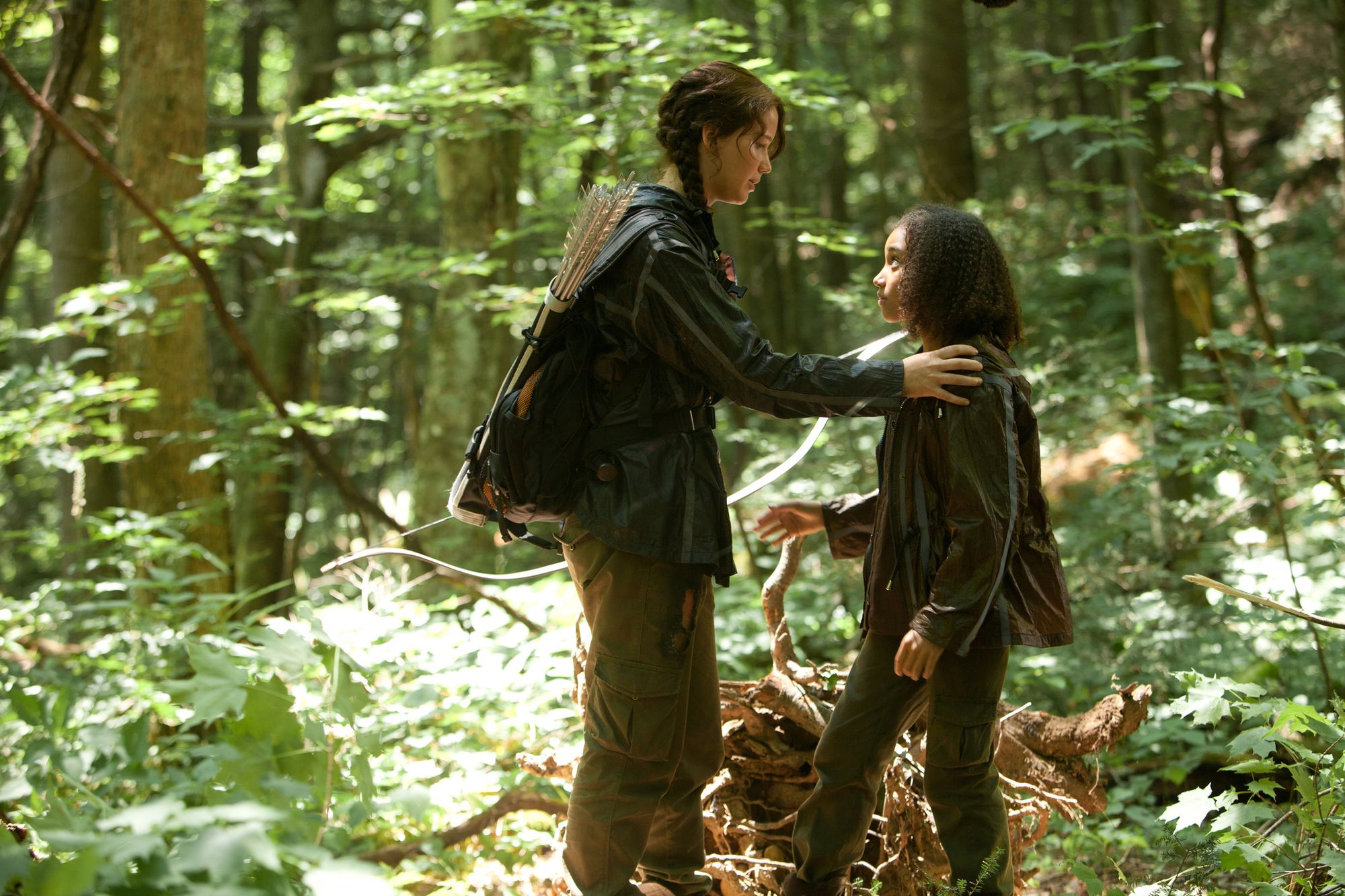
The '90s and 2010s saw a flurry of talented female directors, with the first-ever female director Kathryn Bigelow winning an Oscar for the movie Hurt Locker (2008) in 2010.
There also followed Ava Duverney with Selma (2014) and Debra Granik with Winter’s Bone (2010) which had four Oscar nominations and was the film with which Jennifer Lawrence gained her award.
Generally, the '90s to the 2010s showcased an array of talent both on and off the screen with the ability for women to have complete freedom in their work and further lead the way for the future.
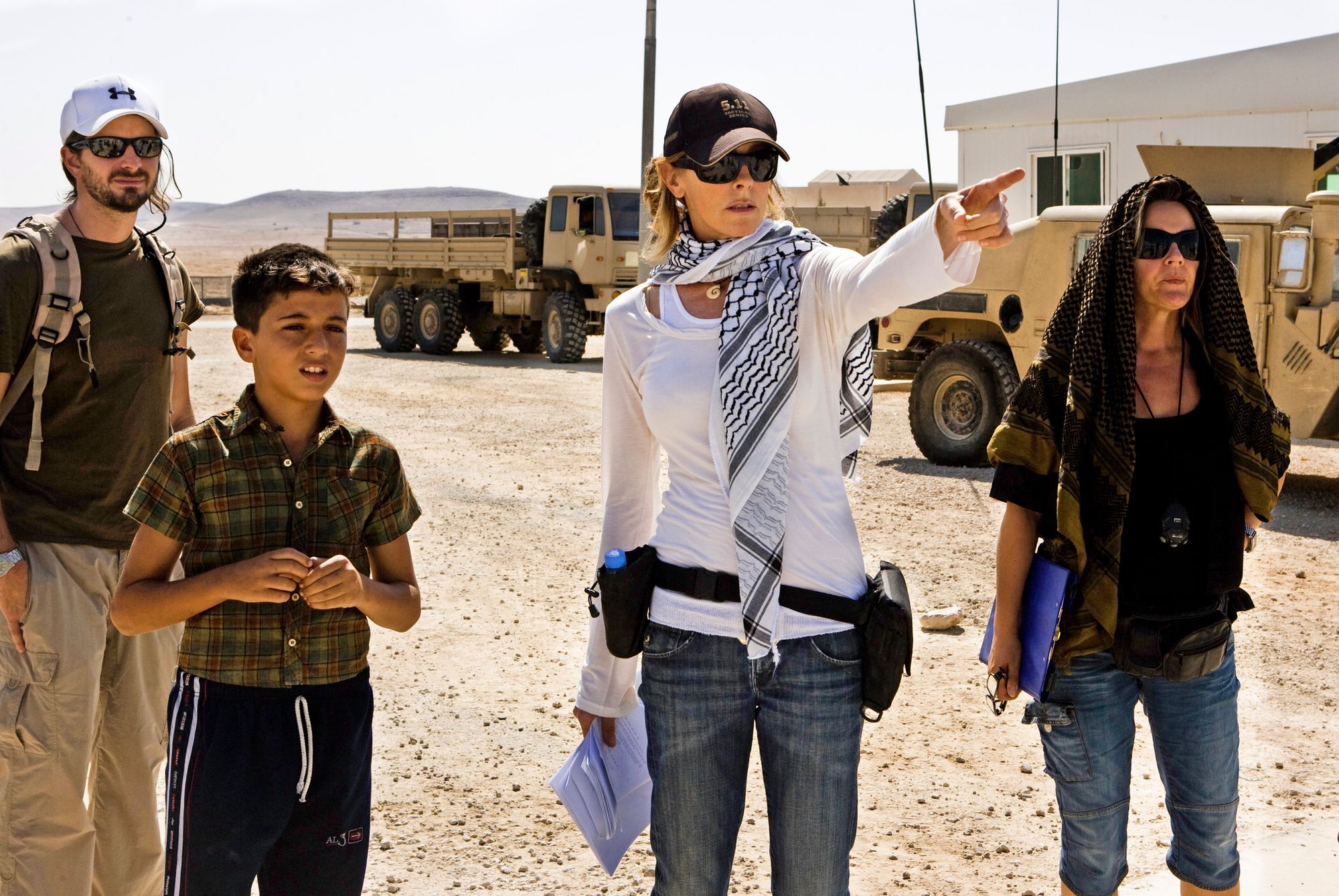
Today and What Next?
Today we see an even greater number of female directors with Greta Gerwig, Chloé Zhao and Shonda Rhimes and an even greater representation of women of colour both on and off the screen.
Women are prevalent across all screening platforms creating work that is hard-hitting, inspiring, creative, and true to life. Alongside the ever-increasing talent of both young and older actresses who come to the screen with versatility and presence.
Although women still have more room to fill up in the industry as a Vanity Fair article provided statistics that “women made up 33% of executive producers, 34% of writers, and 35% of directors, they only comprised 20% of cinematographers in both narrative and documentary films in 2021–2022.”
The role of women in the industry has changed. Today we are better off for the work done by feminist films, courageous characters, and pioneers such as Alice-Guy Bláche. The future for women in the industry is bright and full of creative freedom.
Featured Image: Elizabeth Taylor in A Place in the Sun (1951) // Courtesy of IMDB
Which era of women in cinema is your favourite?







